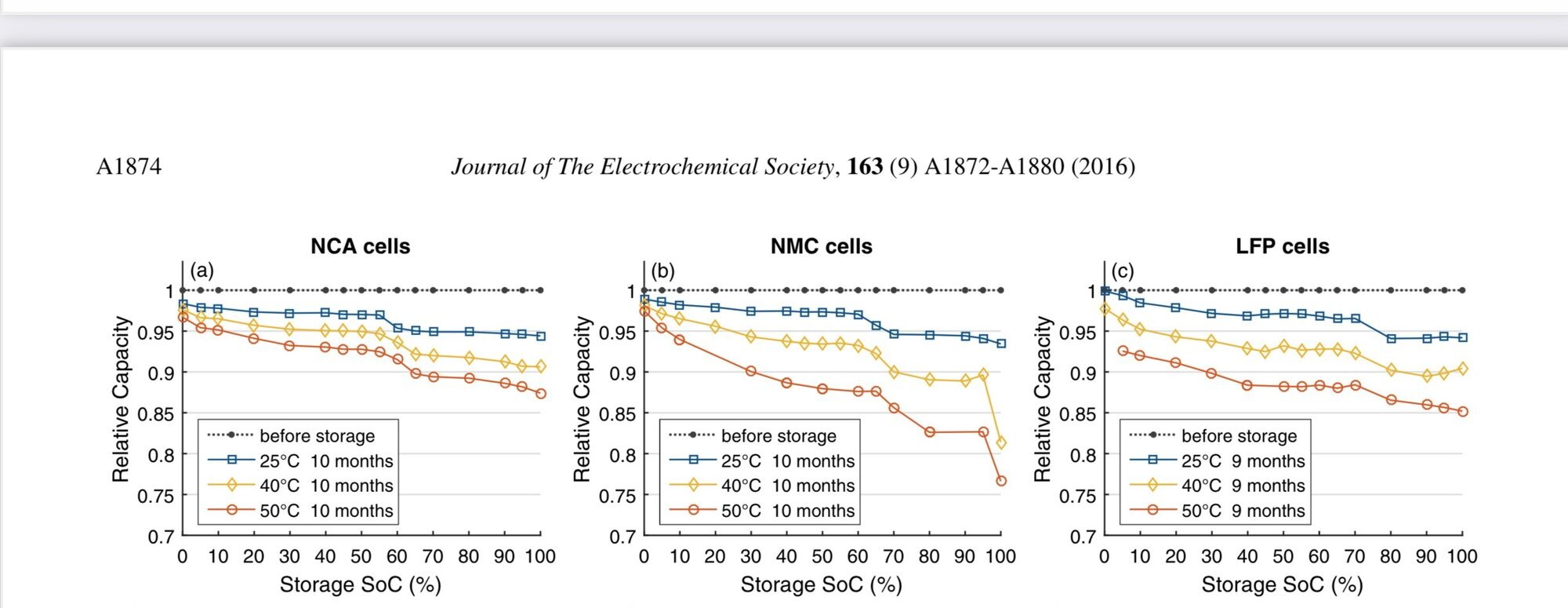I'm writing this to help EV owners (specially new owners) to maintain the best balance between battery health and practicality.
Charging from 30% to 60% (level 1,2 or 3) is the best way to keep your battery healthy while practical in real life. A general rule is that only charge to the point that you need for that drive and 30-60 rule is the perfect spot.
These are the reasons why:
Shallow depth of charge.
Full functionality at lowest (30%) sentry mode, etc.
Enough charge at lowest for emergency drive.
Good rule for all weather.
Enough charge for a long drive at highest
And these are the sources if you are interested why:

 teslamotorsclub.com
teslamotorsclub.com
Charging from 30% to 60% (level 1,2 or 3) is the best way to keep your battery healthy while practical in real life. A general rule is that only charge to the point that you need for that drive and 30-60 rule is the perfect spot.
These are the reasons why:
Shallow depth of charge.
Full functionality at lowest (30%) sentry mode, etc.
Enough charge at lowest for emergency drive.
Good rule for all weather.
Enough charge for a long drive at highest
And these are the sources if you are interested why:
Is battery calibration pointless?!
Let's say your car has some amount of battery degradation and you can't get the range you want. You were told to calibrate battery and you may get some range back. Here is the thing... It doesn't matter and don't worry about it. The fact is that the actual amount of battery capacity is there...


